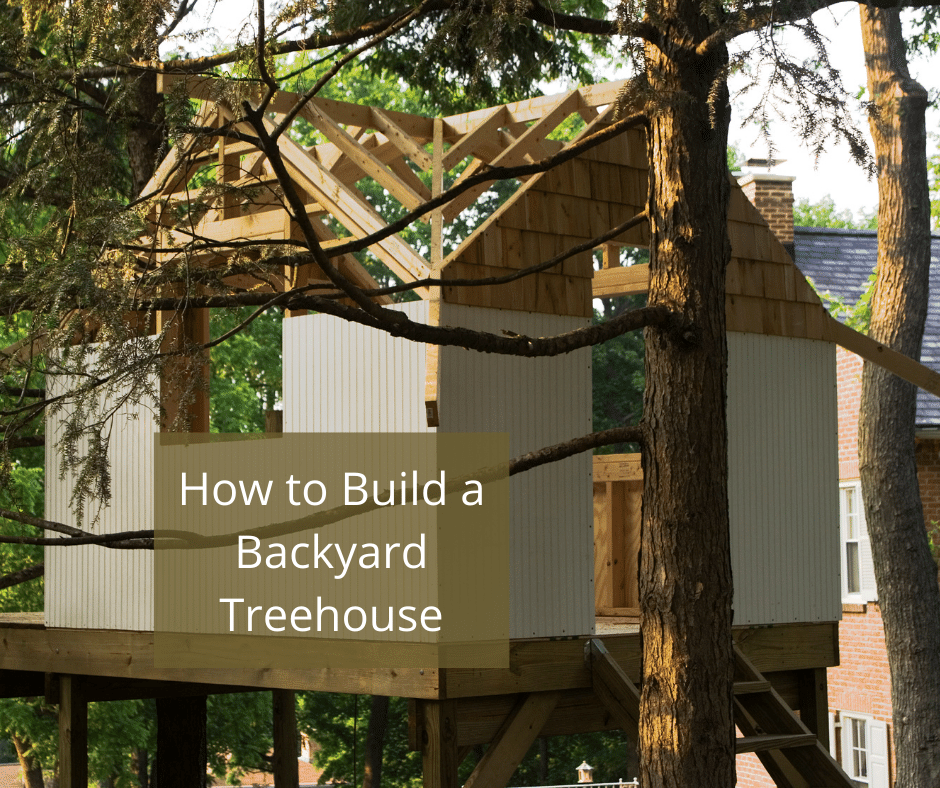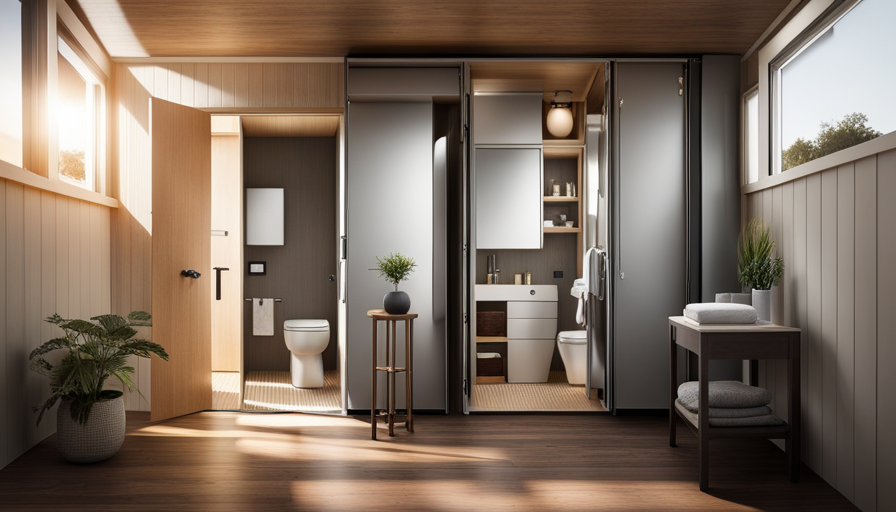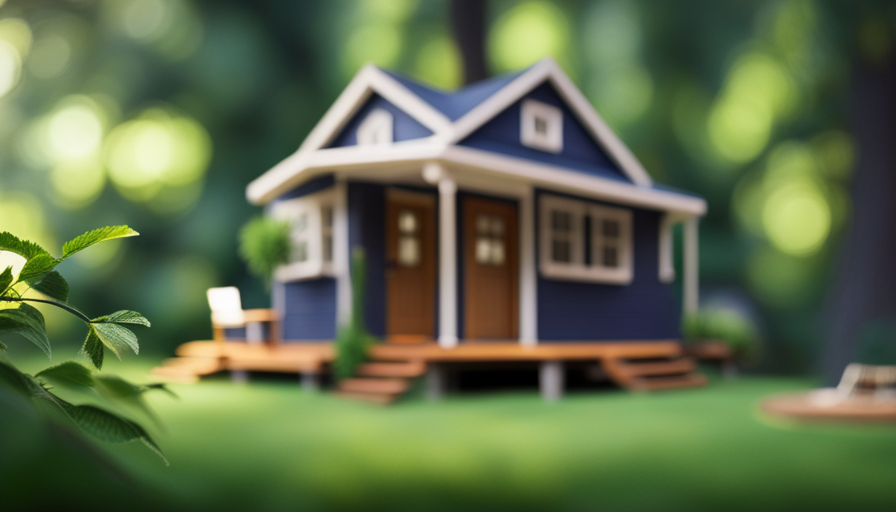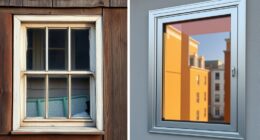If you are considering building a freestanding treehouse, it is recommended to begin with a platform constructed on top of an existing tree. These platforms are easy to build and can provide a safety measure to prevent your children from falling out of the tree. When creating a platform, here are some tips to keep in mind. First, avoid using lag bolts and choose tigerwood boards instead. Next, integrate floating steps into your design. Lastly, make sure to include a rope ladder as well.
Build an Artificially Raised Base for Your Treehouse
Building a treehouse is not difficult once you understand how to make a solid platform. You will need a sturdy frame to support your treehouse’s floor and roof. You can use standard wooden frame floor joists, which cost between $25 and $40 each. After the frame is in place, you can add plywood sheets for walls and roof support. Once the plywood sheets are installed, you can add siding or shingles to the exterior.
The only downside to building a treehouse on a shaky base is that it can pose a safety risk. To prevent accidents, build a wooden platform on four posts or very tall poles. A suspended base can be more challenging to construct, but it will be much safer. And, if you’re building a treehouse for children, consider using a freestanding construction.
If you’re working on a budget, a free-standing treehouse can be a fun way to spend the day. Careful planning and budgeting is crucial, and you must know precisely what materials you’ll need and how much each will cost. You may want to avoid pressure-treated wood as these contain chemicals that can damage a live tree. Make sure you check the building regulations in your area before you build.
Avoid Lag Bolts
When constructing a free-standing tree house, it’s best to use large bolts instead of a lot of nails and screws. This will give the platform the same strength but cause fewer puncture wounds to the tree. It’s also much better to perch a tree house on fasteners than to pin the beams to the tree. This will also give the tree more room to grow. Alternatively, you can use small lag bolts of 1 inch in diameter.
Before fastening any materials, use a spirit level to ensure the platform is level. The platform must be at least 16 inches off the ground, so you can’t risk damaging the tree with screws. Once you’re finished attaching the studs, cut the rest of the floor joists to the desired height. Then, use a framing nailer to attach the studs to the platform. Make sure to frame out the roof and doors where they’ll be installed.
Another type of attachment bolt is designed for use with a free-standing tree house. It’s a large lag screw with screw threads on both ends. The nut on the end of the bolt prevents the beam from falling off the end of bolt. This means that the bolts will not damage or break the tree’s bark. Using these bolts will ensure that the platform will remain safe and secure for years to come.
Use Tigerwood Slats
A free-standing treehouse can be built by using tigerwood slats. Tigerwood is naturally rot-resistant and provides a sturdy base for the tree house. The wood is also attractive, which makes it an excellent choice for building a treehouse. Using tigerwood slats will allow you to build a beautiful tree house in your backyard.
First, choose a healthy tree. It should not have shallow roots. Next, choose the right plan. The plan should specify the dimensions and materials for the platform. The plan should also specify the size of the walls and any railings you want. A treehouse platform is the first step. The next step is to build the foundation. Make sure to mark the foundation using cinder blocks to prevent falling.
For the roof, cut 2×4 planks to the desired height. Add them at least 16 inches in from the center. Next, cut two x 4 studs to the desired size of the roof and attach them to the platform with a framing nailer. Once these are connected, add the remaining floor joists and vertical studs. You can also frame the ridge beam.
Add Floating Stairs
You don’t need to spend much money to build a free-standing tree house platform. There are many DIY plans online that will guide you through the construction process. The projects will include everything from the foundational support to the outlining frame of the treehouse. There are plenty of designs on the Internet, and they all start with a solid foundation. The next step is to choose the right materials and plan your project ahead of time.
You can use exterior plywood for your platform. Just remember to leave a space of about 1/4″ to 1/2″ between the plywood and the framing. Once the plywood is installed, you can add flooring paper. If your treehouse is climate controlled, it would be better to use flooring paper. A wood spacer can also be used at the interference points. Make sure to leave enough room around the platform for it to be sturdy.
Another option for a free-standing tree house platform is to build a deck. The traditional tree house deck has railings on both sides of the deck, which is usually a single tree. The platform itself measures about 160 square feet. The homeowner has added lateral supports and a rope ladder to allow for access. A traditional stair will lead to the roof, but a rope ladder provides stability to the platform.
Add Zip Lines
The first step is to locate a good place to install your zip line. Freestanding zip line platforms do not require trees and can be constructed with supportive posts and guy lines. Make sure that the posts are at least 12 inches in diameter and are thick enough to withstand the weight of the zip line. To set up the zip line, measure the distance between the two trees and mark their starting and ending points. Then, use a sight level to measure the elevation change of the zip line.
The second step is to measure the distance between the two anchor points. To find the distance between the anchor points, use a sight level or a long tape measure. You can also use a digital laser tape measure, but make sure to use it at night. A red laser dot may be hard to see at long distances during the midday sun. Another step in the process is to mark the elevation of the trees. Depending on how long the zip line runs and the slope, measuring the ladder’s height is essential.
The next step is to purchase the 2x4s. These can be found at any home improvement store. Choose pressure-treated wood so it will be resistant to termites and fungal decay. Once you have the boards and zip line, you can start constructing your tree house. Make sure to choose a sturdy tree, preferably at least 12 inches in diameter, to attach the zip lines. The tree must also be in good condition, otherwise, it may not stand up to the zip lines.
Add Rock Climbing Walls
You can easily add rock climbing walls to a free-standing tree house platform. You can make the rock climber out of a wooden frame or pallets. A mattress can be placed below the climbing wall to provide a comfortable surface for your children. This is a great option for families who want a climbing structure that will last for years. But be sure to consider the space constraints. You don’t want to build something that will take up all of the available space.
Whether you want a simple rock climbing set or a challenging structure, you can purchase a rock wall kit. These are easy to assemble and come with everything you need. The rock wall kit is great for practicing climbing skills or for families who want to create a more challenging play structure. Just read the instructions carefully to ensure your rock climbing wall is safe for your children.
Once your treehouse platform is built, you need to attach railings to keep your kids safe. You can either buy ready-made railings or build your own using pressure-treated lumber. Make sure the railings cover the entire platform. Also, make sure the railings have a handrail for safety. Make sure the walls and railings are smooth and have no sharp edges.
Install Lumbar Support
If you have a free-standing tree house platform, consider installing lumbar support. This can help you avoid a twisted back. The best way to install this type of support is to install it near the base of the tree. If this is not possible, consider building a wall and ladder system around the tree. This is also a good option if you aren’t comfortable flying.
First, determine where your treehouse’s main support points are. These will decide how sturdy the structure will be. Make sure to pick supports that can handle the weight of the system. The structure can be constructed with a variety of materials. One of the most common is wood. Choose a durable wood for your tree house platform and ensure the wood is waterproof. Once you’ve selected the right type of material for your tree house platform, you can move forward with the process.
Once the floor framework is built, you can add your posts. Use exterior plywood for the floor construction, allowing for 1/4 to 1/2 inch of space between the joists. Use framing nails to attach the remaining floor joists, 16 inches from the center. You’ll also need to frame in the window and door locations. Once you’ve installed all the necessary posts, you can add the floorboards.
I’m Theodore, and I love tiny houses. In fact, I’m the author of Tiny House 43, a book about tiny houses that are also tree houses. I think they’re magical places where imaginations can run wild and adventures are just waiting to happen.
While tree houses are often associated with childhood, they can be the perfect adult retreat. They offer a cozy space to relax and unwind, surrounded by nature. And since they’re typically built on stilts or raised platforms, they offer stunning views that traditional homes simply can’t match.
If you’re looking for a unique and romantic getaway, a tree house tiny house might just be the perfect option.










